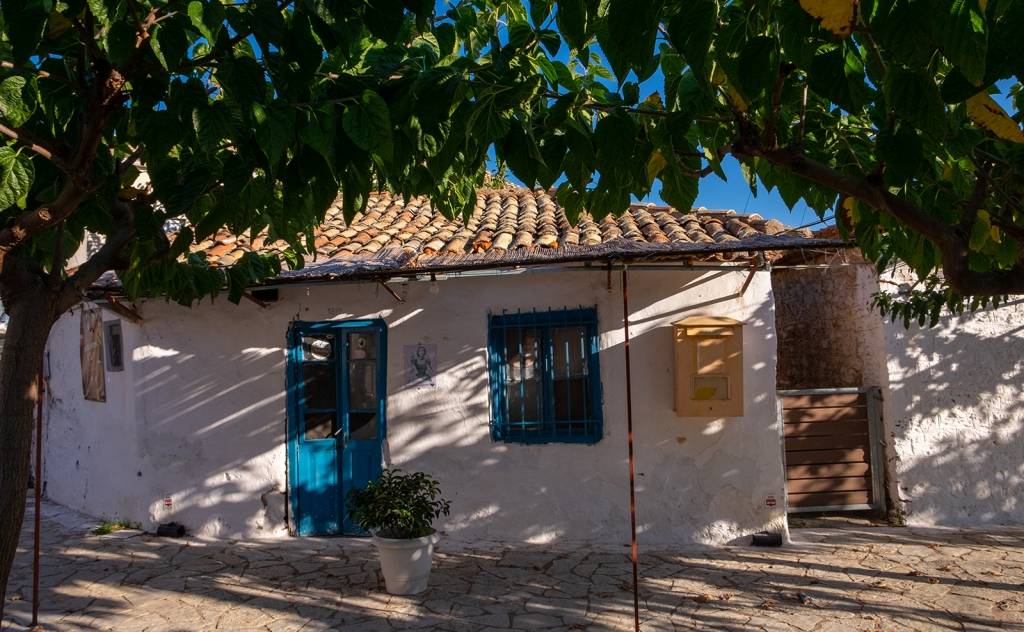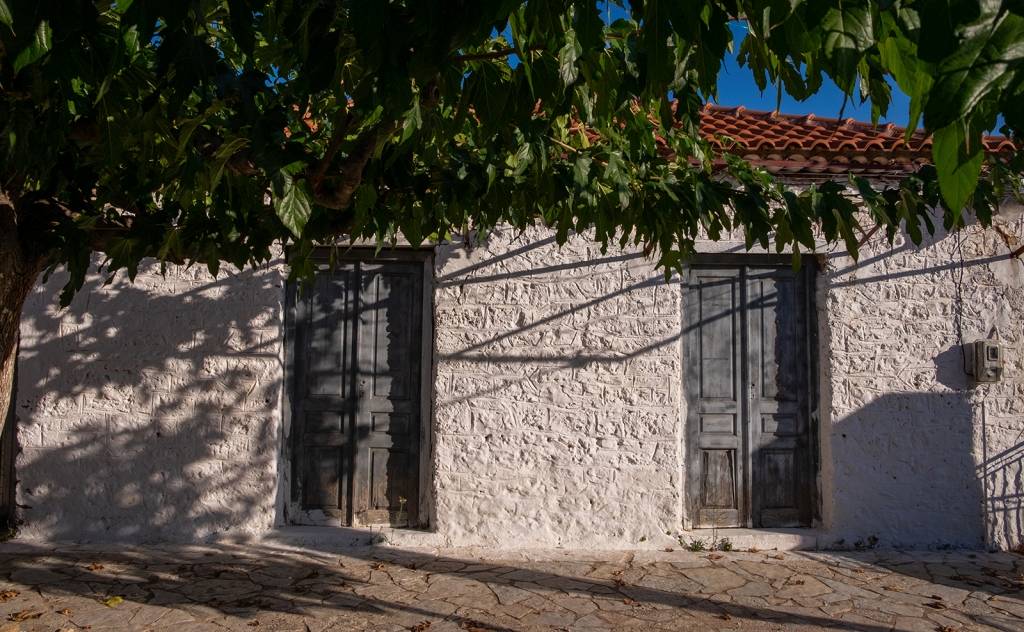







The coastal village of Petrochori is built at an altitude of 25 metres and has approximately 120 permanent residents. It is 7.5 kilometres from Gialova, 15 from Pylos and 60 from Kalamata.
In ancient times, the broader area of Petrochorio was part of Nestor's kingdom of ancient Pylos. From the Middle Ages onwards, the village was referred to as Petra Chorio, Petrocori or Petrochorion.
Petrochori played an essential role during the Peloponnesian War during the 5th century BC. and during the period of the 1st and 2nd Venetian rule when the village was known as Petro Chori, and the area belonged to the Venetian Republic. Then, after 1715, when the Turks returned to the area after first driving the Venetians out of the Peloponnese, the area was referred to as Petrehur or Petrehuri in Ottoman.
On April 25th, 1825, the Battle of Petrochori took place in the village, where the residents fought on the side of fighter Hatzichristos Voulgaris against Ibrahim Pasha.
In the village with the traditional houses, visitors can see the Agios Dionysios of Zakynthos church, which celebrates on December 17th and August 24th, the cemetery church of Agios Nikolaos, and the chapels of Prophet Elias and the Ascension of the Lord.
At a distance of 300 metres west of the village is the organised beach of Petrochori. Moreover, at a distance of 800 metres, the beach of Voidolkoilia, one of the most beautiful in the Mediterranean with its characteristic round shape, stands out.